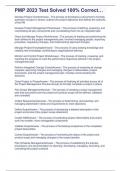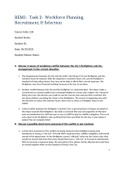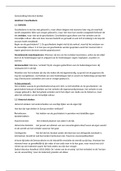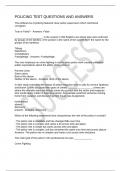Samenvatting
Finance 1 for Business Summary
This summary is based on the book Corporate Finance which concludes all chapters discussed during the Finance 1 course, both mid-term and end-term. I wrote this summary myself. I passed the course with a final grade of 7.
[Meer zien]














